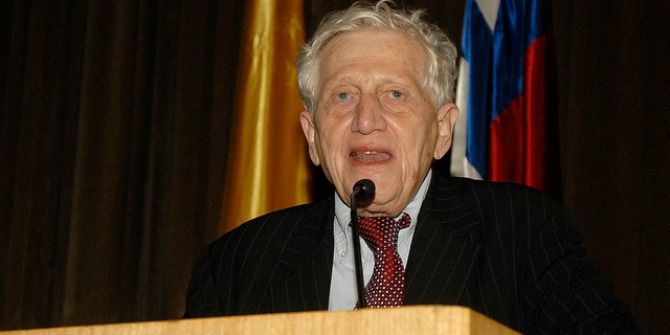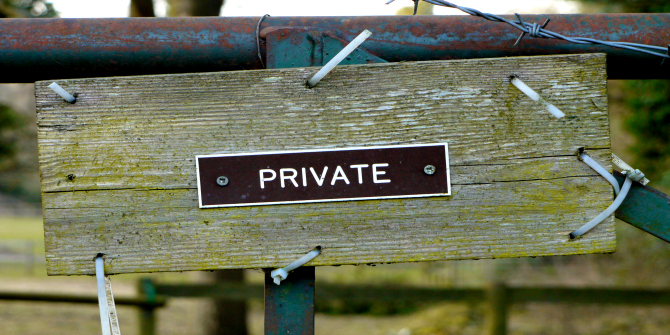 Urban Maps concerns the city and the devices that define the urban environment by their presence, representation, or interpretation. The chapters aim to provide a contemporary reading of urban socio-cultural conditions using mapping as a lens to explore and communicate the social phenomena and lived experiences of the city. A fascinating and insightful book with important things to say about the current state of our cities, concludes Andrew Molloy.
Urban Maps concerns the city and the devices that define the urban environment by their presence, representation, or interpretation. The chapters aim to provide a contemporary reading of urban socio-cultural conditions using mapping as a lens to explore and communicate the social phenomena and lived experiences of the city. A fascinating and insightful book with important things to say about the current state of our cities, concludes Andrew Molloy.
 Urban Maps: Instruments of Narrative and Interpretation in the City. Richard Brook & Nick Dunn. Ashgate. July 2011.
Urban Maps: Instruments of Narrative and Interpretation in the City. Richard Brook & Nick Dunn. Ashgate. July 2011.
The map has always been somewhat of a fetish object for architects. When trying to understand a site in its context the typical architect turns to the infallibility of the Ordnance Survey. Recent forays into the philosophies of cartography, such as Denis Cosgrove’s excellent Mappings, have revealed our complex relationship with the map-as-urban-mediator, calling for us to be a lot more wary when reifying this mode of contextual representation. Urban Maps: Instruments of Narrative and Interpretation in the City by Richard Brook and Nick Dunn, takes a particularly architect-centric look at these issues, and assumes a looser definition of what we term ‘the map.’
The introductory chapter begins by highlighting the problems of the contemporary urban condition, describing the map as the struggle to render intelligible this “myriad of elements which ebb and flow…without any apparent underlying logic” to its citizens and visitors (p. 7). The authors question the relevance and usefulness of the standard map in the context of the proliferation of immediately accessible and editable data-rich digital maps and considering the notion of the city as a process-driven landscape constantly in flux. This has lead, the authors to claim, to the “erosion of place” and “confusion of space.”
The rest of this chapter takes us on a whistle-stop tour of alternative urbanism; from the Situationist International’s avant-garde ‘psychogeography’ to graffiti, parkour and free-running, to contemporary urban exploration. The argument is made that, while not traditional cartographic techniques, “the analysis of the city using devices that are not conventional…may actually reveal more about about the nature of an accelerated shifting urbanism, which is principally in opposition to the stasis of architecture” (p. 37).
The subsequent chapters gradually build an argument for the appropriation of these alternative practices, beginning with the proliferation of the brand across the urban landscape, and with it the melding of architecture as object, image, and message. Taking the example of the Long Island duckling from Robert Venturi and Denise Scott-Brown’s Learning From Las Vegas and extending Marshall McLuhan’s assertion that The Medium is the Message, it is claimed that branded architecture announces its intentions up front: the building is the sign. Couple this with the proliferation of digital signage (Times Square being a salient example) and we can see branded buildings as having the unique ability to shift with market forces external to the object.
The book goes on to deal with our propensity to extract the lived urban experience into a series of overlapping networks, an argument elegantly framed as the subtle yet vital difference between topography and topology. The previously discussed ‘erosion of place’ and ‘confusion of space’ arises from the transfer of the public realm from urban to digital networks. These two notions combine to the point where the “traditional notions that cities, regions, and nations have any necessary coherence as territorial ‘containers’ become extremely problematic” (page 92). This has lead to, among other things, the motorway-dominated city as networked nature, as the urban became more important than the urban in and of itself.
The text goes on to consider film media’s capacity to “explore the mutuality between the environment and those within it” (page 148), an element which always seems lost in the traditional topographical map. The film assumes the branded and networked nature of the urban but presents it from the urban-dweller’s point of view rather than the god-like abstraction of the standard two dimensional map. One gets the feeling, however, that the authors still feel that film acts as an alienating device between urbanity and its citizens. As a remedy for this, the closing chapters deal with an array of visual artists working within the urban realm; a series of practices which occur ‘on the ground’ mediating directly between the public and the urban, while subverting the previously discussed concepts of branding and the network. The ‘Marks’ chapter deals with the techniques of traditional two dimensional graffiti practices, discussing them as the struggle for ownership of an economically driven, branded urban landscape. ‘Objects’ deals with arguably more architectural art practices, whose products are more ‘duck’ than ‘decorated shed’, to appropriate Venturi and Scott-Brown’s terms. These objects often form part of, or refer to, a pre-existing network within the public realm, but are engaged with a radical reinterpretation of both the network and the urban condition. A great example of this is the work of ‘Space Invader,’ an urban artist involved in subversive interpretive mapping and utilisation of the city; a branded, networked urban ‘invasion.’

Urban Maps is a fascinating and insightful book with important things to say about the current state of our cities. More than that, it is the beginning of a discussion on how architects and planners can break their current out-of-date thought processes concerning the urban condition. The book is perfectly paced, from the opening chapters which act as a summary of alternative urban mapping techniques to the closing chapters and their captivating descriptions of subversive urban art practices. The conclusion, however, poses yet more questions which felt rather frustrating if only because I found the approach so fascinating that I wanted to see it through to the end. Perhaps an additional chapter could have been included that uses the range of analytical techniques in a singular urban setting. Even as I suggest this, however, I am aware such an endeavour would be enough to write another book, let alone chapter. I look forward to reading more of Brook and Dunn‘s work to see how these ideas play out.
————————————————-
Andrew Molloy is an architectural PhD student based at the University of Ulster, Belfast Northern Ireland. His research centres upon trying to create a theoretical cross-disciplinary platform based on recent paradigm shifts taking place within philosophy, sociology and neuroscience. Using urban design in Belfast as a case study, Andrew hopes to critique the numerous large scale planning decisions which have defined the contemporary city and postulate a way forward. Andrew is a frequent contributor to the PLACE blog, the architecture and built environment centre for Northern Ireland, as well as writing for RSUA Perspective magazine and arts newspaper ‘The Ulster Folk.’ Read reviews by Andrew.






